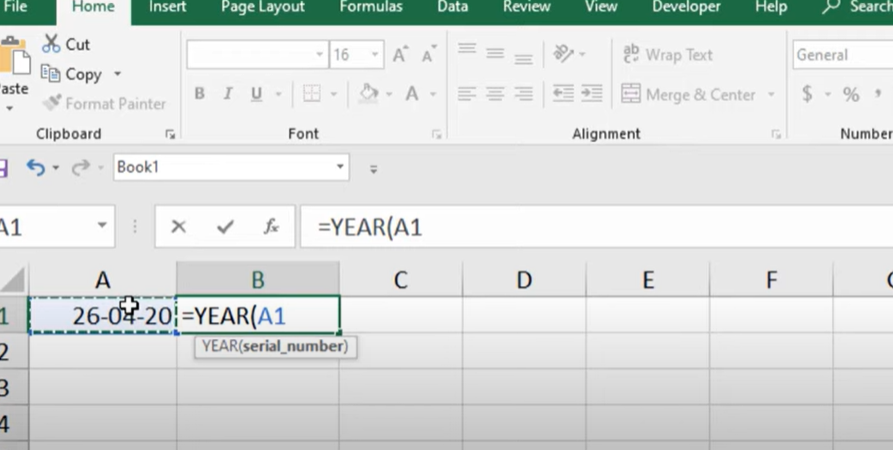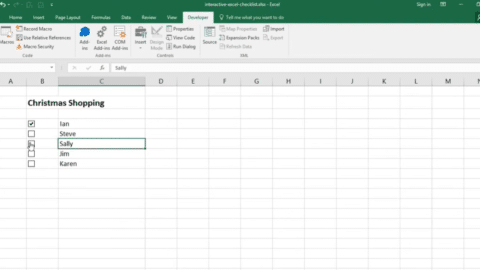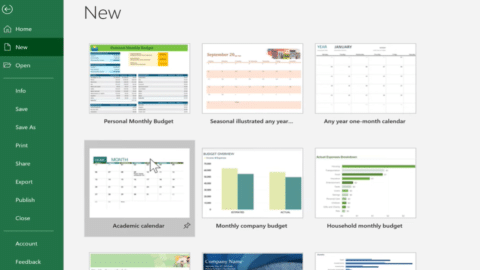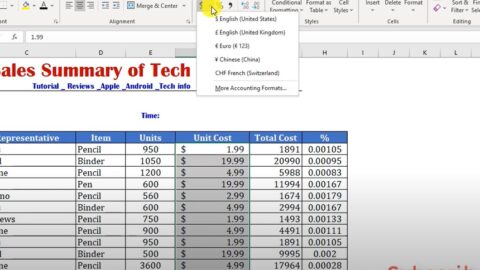Mastering the YEAR Function in Excel: Excel date functions – formula
What Is the YEAR Function in Excel?
The YEAR function in Excel is a date/time function that returns the year component of a date as a four-digit number. It simplifies extracting the year from a complete date, aiding in data organization, analysis, and age calculations.
Table of Contents

year function in excel
Syntax:
=YEAR(serial_number)
- serial_number: The date from which you want to extract the year. This can be a cell reference, a date entered by using the DATE function, or a result of other formulas that return a date.
How to Use the YEAR Function?
The Ultimate Guide to the DAY Excel Function: How to Use It – projectcubicle
Step-by-Step Instructions:
- Identify the Date Cell: Locate the cell that contains the date you’re interested in. For example, if your date is in cell A1, that’s your reference.
- Enter the YEAR Function: In a new cell, type
=YEAR(A1)and press Enter. Replace A1 with the actual cell reference that contains your date. - View the Result: After pressing Enter, Excel will display the year component of the date in the cell where you entered the formula.
Applications and Examples
Sorting Data by Year: Use the YEAR function to create a new column in your dataset that only contains the year of each date. This allows for easy sorting and filtering of data by year.
Calculating Age: Combine the YEAR function with TODAY() to calculate age in years. For instance, =YEAR(TODAY()) - YEAR(A1) calculates the age of someone born on the date in A1.
Yearly Comparisons: Analyze yearly trends by extracting years from dates and comparing data points across different years.
Benefits of Using the YEAR Function
- Simplicity: The YEAR function’s straightforward syntax makes it accessible to users of all skill levels.
- Flexibility: Works with any valid date format in Excel, whether the date is input directly, through a formula, or via cell reference.
- Efficiency: Facilitates quick extraction of year information from complex date data, streamlining data analysis tasks.
Common Questions About the YEAR Function
- Does the YEAR Function Recognize Leap Years? Yes, the YEAR function will correctly return the year for dates within leap years, as it focuses solely on extracting the year component from a date value.
- How Can I Ensure My Date Formats Are Correct for the YEAR Function? Ensure your dates are in a recognized Excel date format. You can use the DATE function to construct dates if needed (e.g.,
=DATE(year, month, day)). - Can I Use the YEAR Function to Extract Years Across Multiple Cells? Absolutely. You can apply the YEAR function across a range by entering the formula and then dragging the fill handle down to copy it to other cells.
What is the formula for year in Excel?
The formula to extract the year from a date in Excel is the YEAR function:
=YEAR(serial_number)
serial_numberis the date you want to extract the year from. It must be a valid Excel date.
Why is the year formula not working in Excel?
If the YEAR function is not working, consider these potential issues:
- Invalid Date Format: Ensure the date is in a format recognized by Excel. Use the DATE function to create dates (
=DATE(year, month, day)) if necessary. - Cell Formatting: The cell might be formatted as text or another non-date format. Change the cell format to Date.
- Incorrect Date System: Excel has two date systems (1900 and 1904). If your workbook uses the 1904 date system, dates may display unexpectedly. Check this in Excel Options (Advanced > When calculating this workbook).
How do I calculate year to date in Excel?
Year-to-date (YTD) can be calculated by subtracting the start of the year from the current date, and then using specific functions to manipulate or display the result as needed. For example:
=TODAY() - DATE(YEAR(TODAY()),1,1)
This formula calculates the number of days from the start of the current year to today.
What is the formula for years between dates in Excel?
To calculate the number of years between two dates, use:
=YEAR(end_date) - YEAR(start_date)
For a more precise calculation that accounts for the day and month, use:
=DATEDIF(start_date, end_date, "y")
What is the year formula?
The YEAR formula in Excel, used to extract the year part from a date, is:
=YEAR(serial_number)
Why does the year function return 1905?
If the YEAR function returns 1905, it’s likely because Excel is interpreting a small number or zero as a date serial number. Excel’s date system starts on January 1, 1900, so a serial number of 1 corresponds to this date. Numbers less than 1 result in dates before January 1, 1900, but Excel cannot display these correctly, hence defaulting in some cases to odd results like 1905.
How do I add years in Excel?
To add years to a given date, use the DATE, YEAR, MONTH, and DAY functions together:
=DATE(YEAR(start_date) + number_of_years, MONTH(start_date), DAY(start_date))
This formula adds a specified number of years to the start date.
Can Excel calculate between dates?
Yes, Excel can calculate the difference between two dates simply by subtracting one date from another. This will give you the difference in days. For differences in months or years, use the DATEDIF function:
=DATEDIF(start_date, end_date, "unit")
- The
"unit"can be “y” for years, “m” for months, and “d” for days, depending on what you want to calculate.
Your Feedback Matters
We’re committed to providing valuable, user-centric content. If you have any questions about the YEAR function or suggestions for future Excel topics, please share your thoughts. Your feedback helps us tailor our guides to meet your needs and resolve your queries.
Stay tuned for more Excel tips and tricks, designed to empower you with the knowledge and skills to excel in your data management and analysis endeavors.
Hello, I’m Cansu, a professional dedicated to creating Excel tutorials, specifically catering to the needs of B2B professionals. With a passion for data analysis and a deep understanding of Microsoft Excel, I have built a reputation for providing comprehensive and user-friendly tutorials that empower businesses to harness the full potential of this powerful software.
I have always been fascinated by the intricate world of numbers and the ability of Excel to transform raw data into meaningful insights. Throughout my career, I have honed my data manipulation, visualization, and automation skills, enabling me to streamline complex processes and drive efficiency in various industries.
As a B2B specialist, I recognize the unique challenges that professionals face when managing and analyzing large volumes of data. With this understanding, I create tutorials tailored to businesses’ specific needs, offering practical solutions to enhance productivity, improve decision-making, and optimize workflows.
My tutorials cover various topics, including advanced formulas and functions, data modeling, pivot tables, macros, and data visualization techniques. I strive to explain complex concepts in a clear and accessible manner, ensuring that even those with limited Excel experience can grasp the concepts and apply them effectively in their work.
In addition to my tutorial work, I actively engage with the Excel community through workshops, webinars, and online forums. I believe in the power of knowledge sharing and collaborative learning, and I am committed to helping professionals unlock their full potential by mastering Excel.
With a strong track record of success and a growing community of satisfied learners, I continue to expand my repertoire of Excel tutorials, keeping up with the latest advancements and features in the software. I aim to empower businesses with the skills and tools they need to thrive in today’s data-driven world.
Suppose you are a B2B professional looking to enhance your Excel skills or a business seeking to improve data management practices. In that case, I invite you to join me on this journey of exploration and mastery. Let’s unlock the true potential of Excel together!
https://www.linkedin.com/in/cansuaydinim/










